Plants or Crops
All Plants or Crops Content
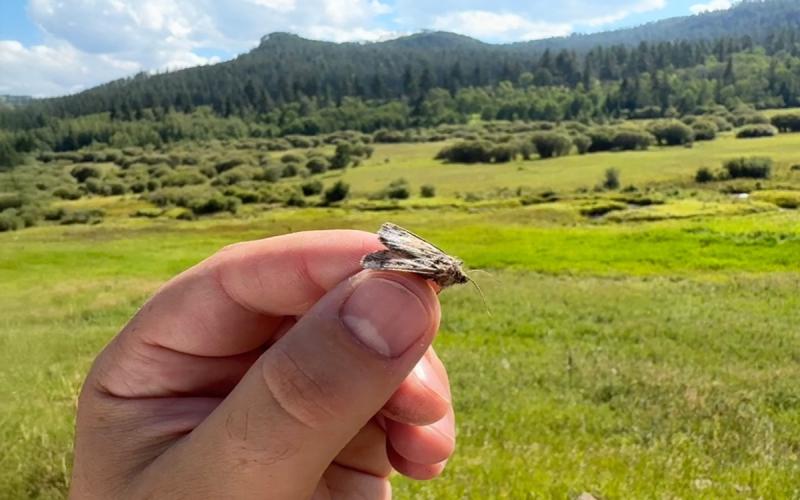
Army Cutworm Migration Swarms Detected in Western South Dakota
Mass populations of army cutworm moths are being reported to entomologists at South Dakota State University. Thus far, these migratory swarms have only been observed in far western South Dakota, particularly within the Black Hills.
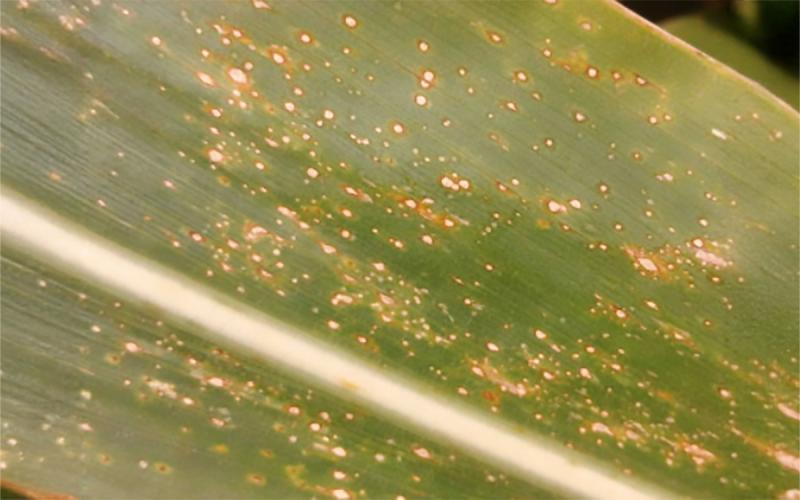
Corn Disease Update: September 2, 2025
As of September 2, 2025, a number of corn diseases have been reported and confirmed throughout South Dakota. View our latest findings as we approach the fall harvest season.
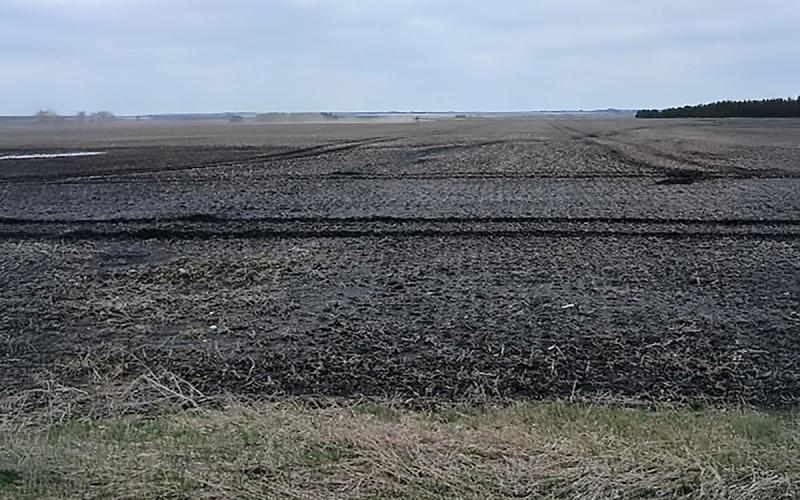
How to Avoid Soil Compaction During Crop Harvest
Soil compaction can degrade soil health and lead to reduced crop yields. Learn some production practices that can implemented during harvest to avoid soil compaction.
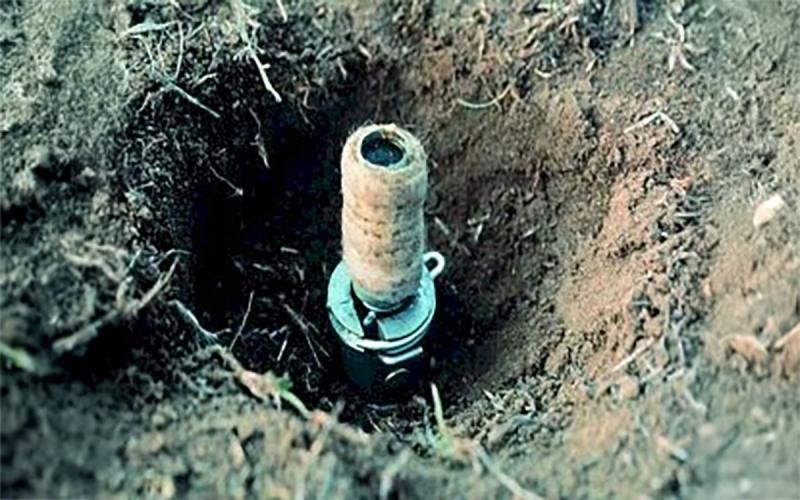
Private Applicator Endorsements for M-44 Devices, Fumigants, and Aerial Applications
Recent changes to South Dakota private applicator pesticide regulations have impacted the requirements to use M-44 predator-control devices, fumigants, and to apply pesticides from aerial vehicles.
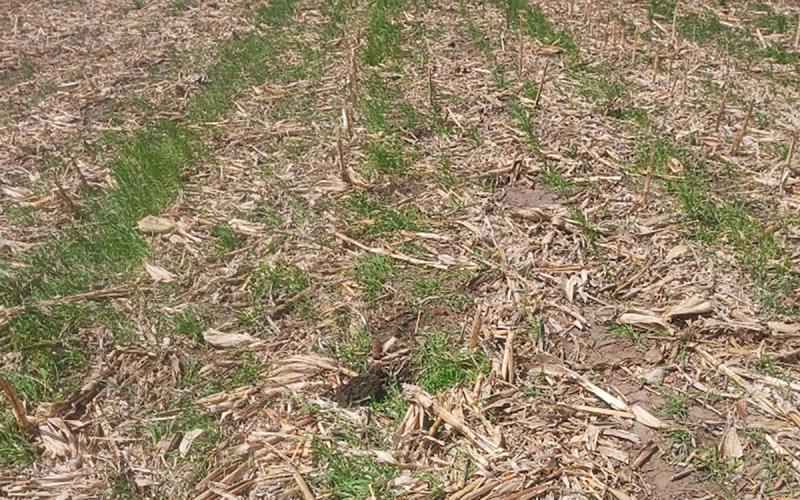
Effects of Different Cereal Rye and Winter Camelina Seeding Rates on Biomass Production and Soil Properties When Broadcast Seeded
Benefits to soil health generally increase as cover crop biomass production increases. Recent research sought to determine how the seeding rate of two cover crop species and mixtures affected biomass production and some soil health indicators.
SDSU Extension programs help producers maintain healthy crops
August 26, 2025
Madalyn Shires puts on a lot of miles in the summer. As an assistant professor and SDSU Extension Plant Pathology Specialist, Shires traverses the state visiting research plots and educating crop producers on that research.
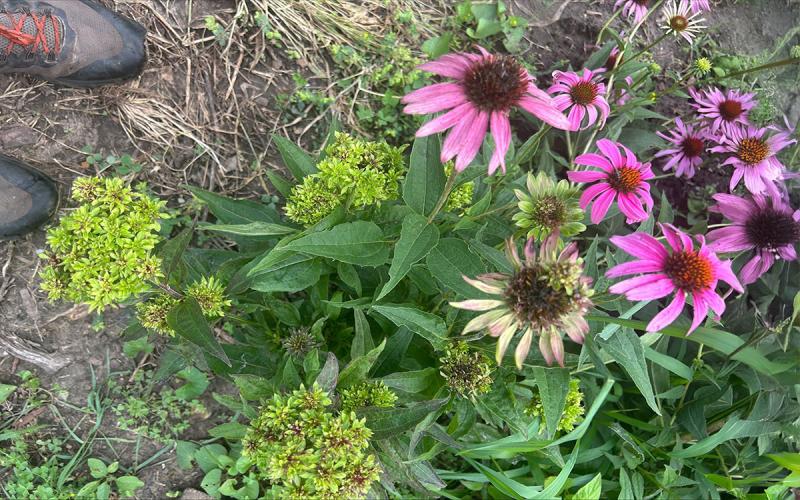
Aster Yellows Phytoplasma
Aster yellows is a phytoplasmal disease carried and introduced by aster leafhopper. It is known to infect over 80 different plant families, as the aster leafhopper has extremely broad feeding habits.

SDSU Extension and McCrory Gardens to feature rose trial tour and program
August 22, 2025
South Dakota State University Extension and McCrory Gardens are pleased to feature the ongoing rose garden trials and research during a special event on Aug. 25, 2025, at McCrory Gardens in Brookings.
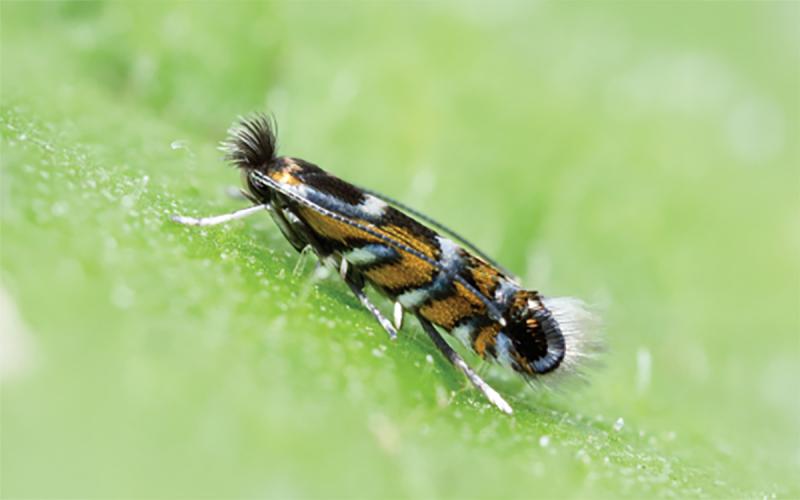
Monitor Soybean for Soybean Tentiform Leafminer
In 2022, researchers detected soybean tentiform leafminer in McCook, Minnehaha, and Moody counties in South Dakota. The extent of the distribution of this pest in South Dakota is unknown and is currently being investigated.
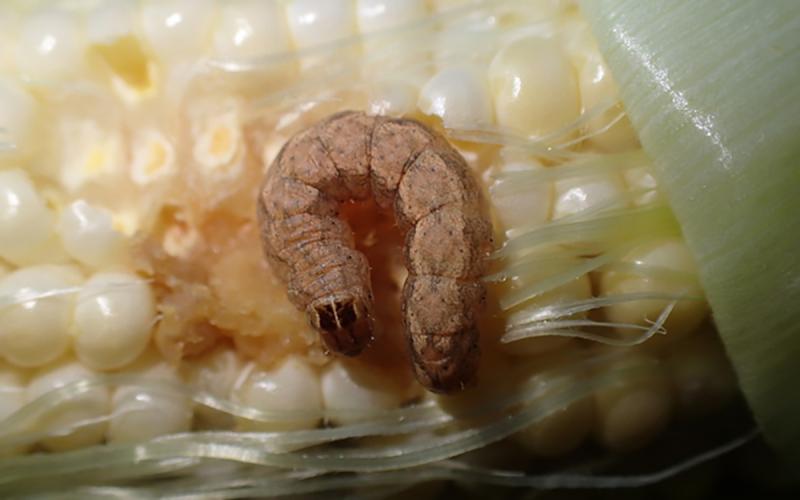
Western Bean Cutworms Detected in South Dakota Corn
Western bean cutworm caterpillars have been reported in South Dakota corn. This pest can cause yield loss by feeding on the tassels, silks, and ears. In addition, ear feeding activities increase the likelihood of secondary diseases and mold growth on the ear.